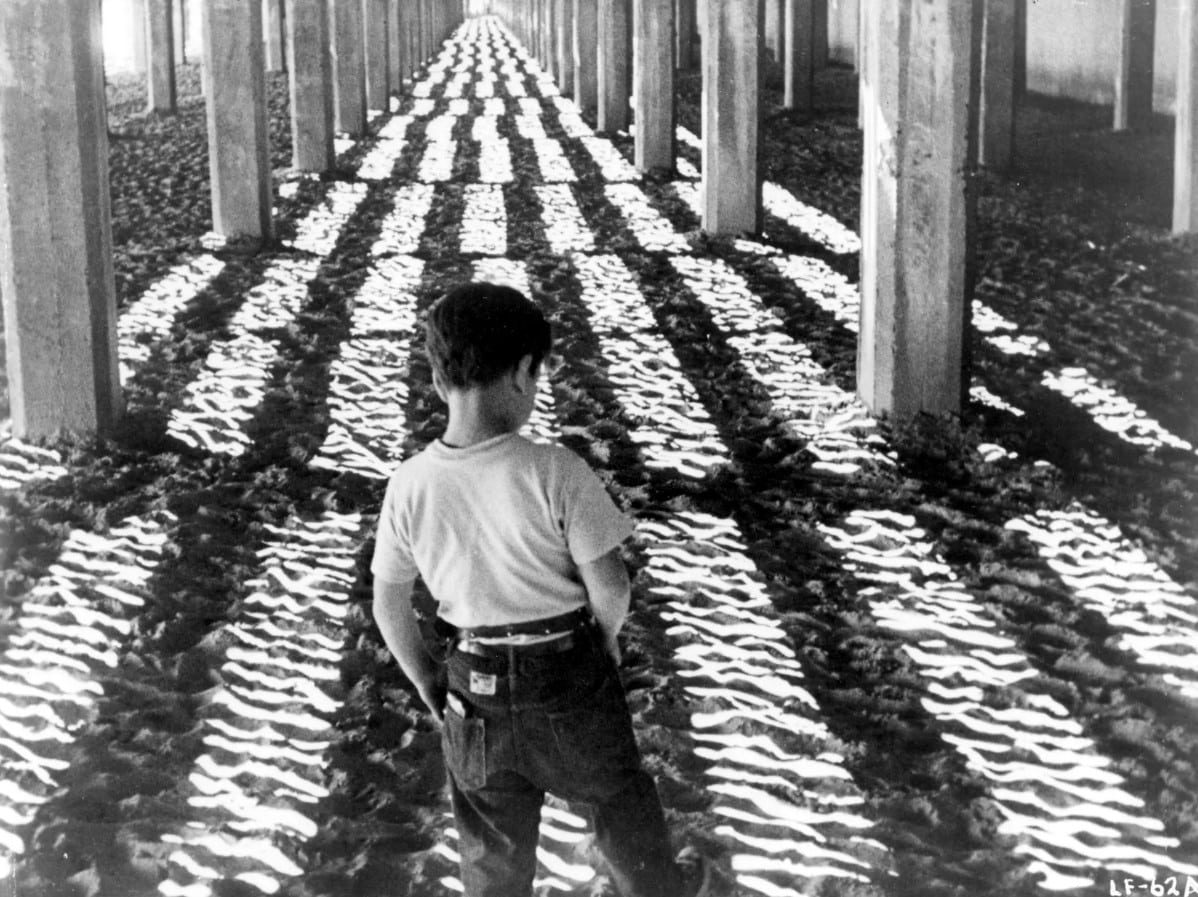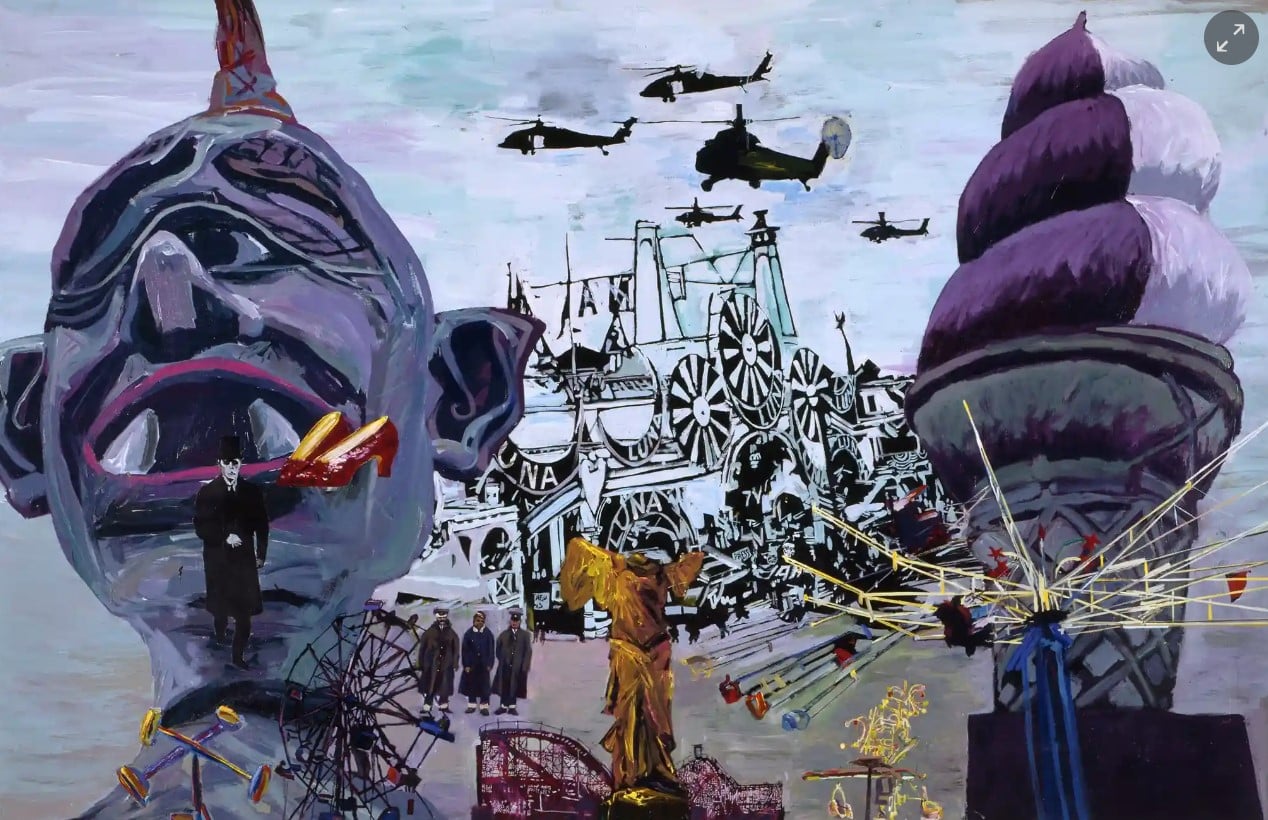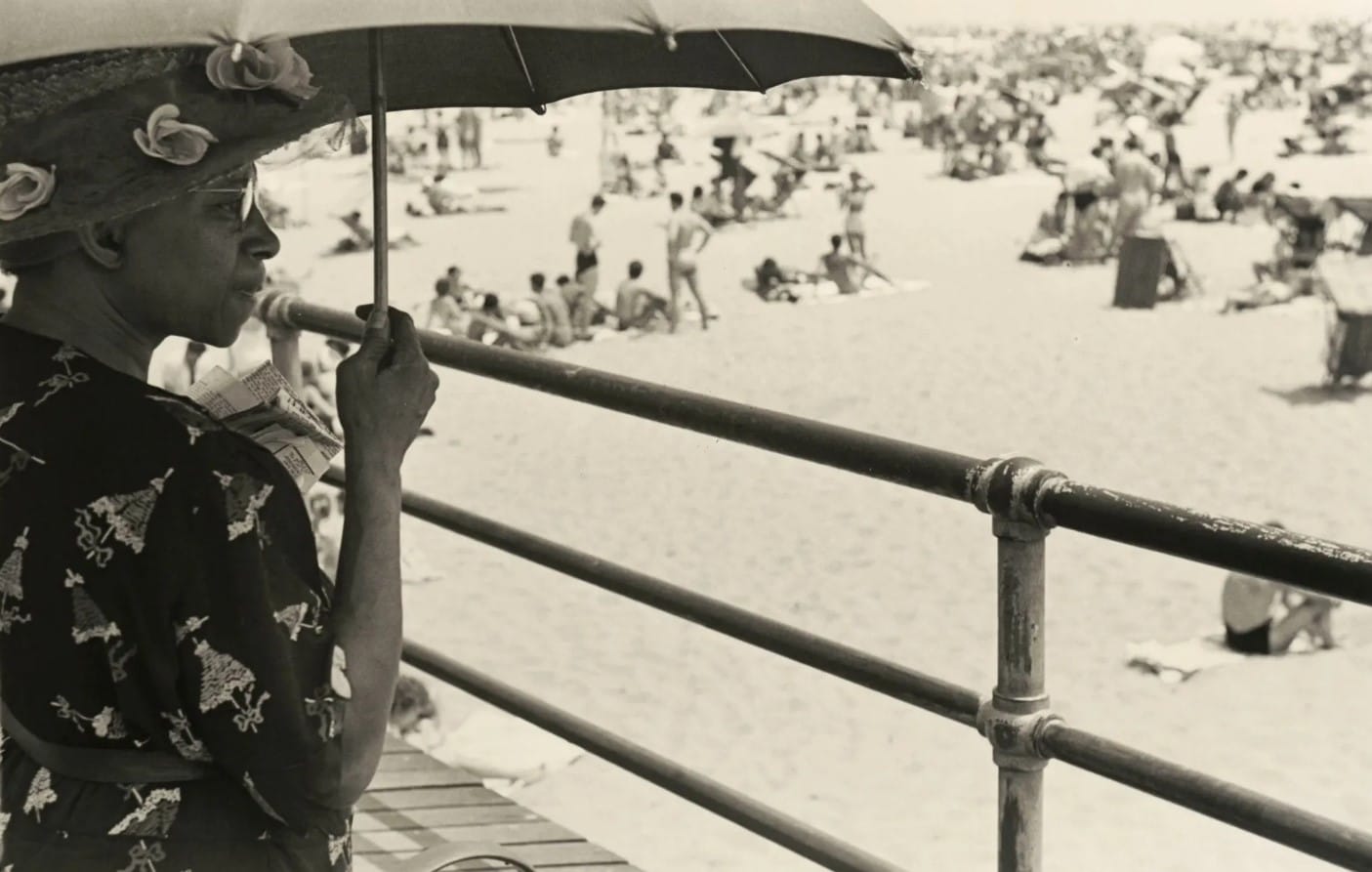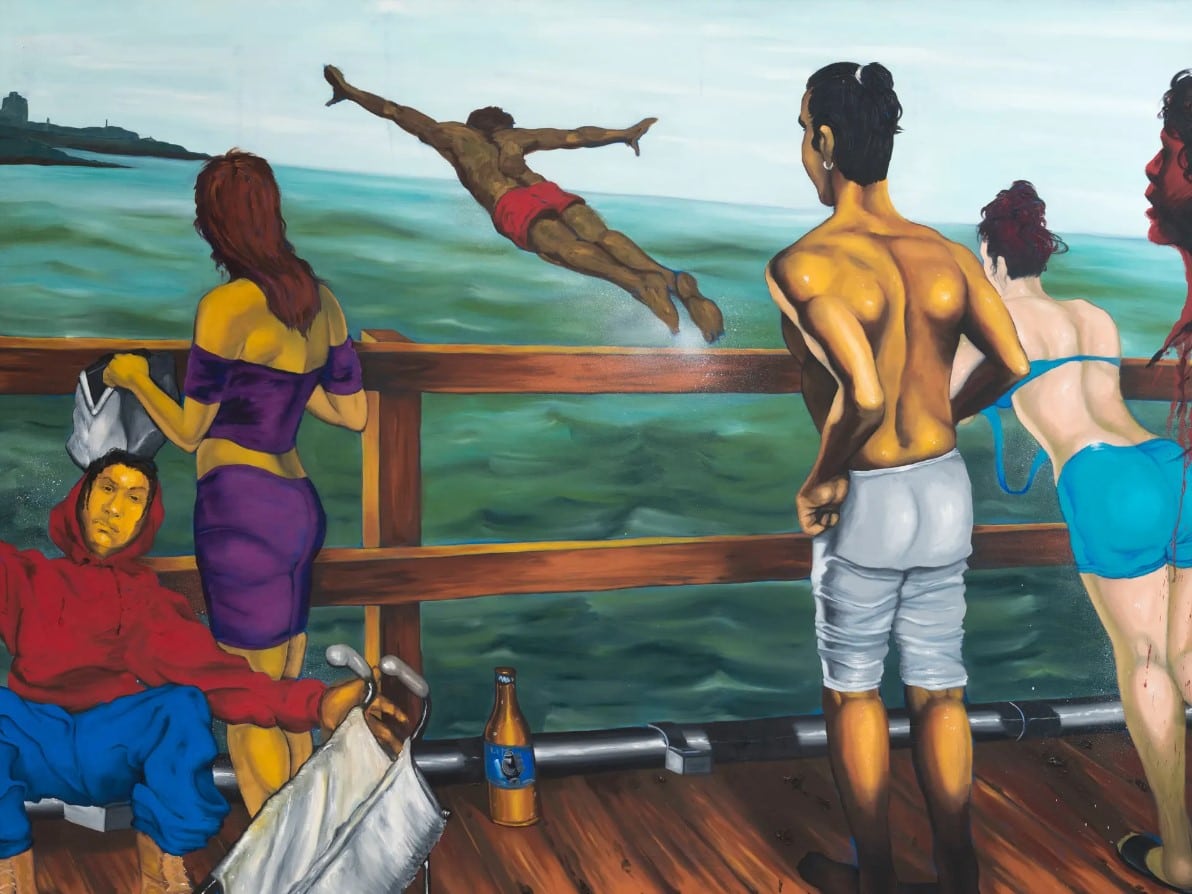The Coney Island that many of us have known and grown to love in our youth is, without a doubt, one of the world’s most famous seaside attractions. An island less than five miles long and half a mile wide, it has drawn millions upon millions of visitors seeking rest and relaxation for as long as any of us can remember. It is The home of the Cyclone roller coaster, the Wonder Wheel, the original Nathan’s Famous hot dogs and the Boardwalk.
Discovery Of Coney Island
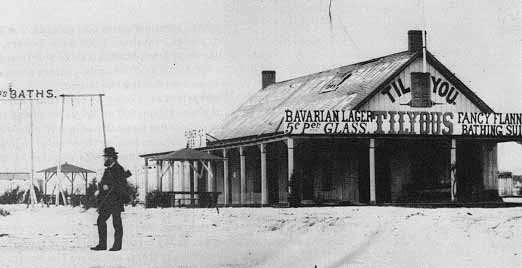
Back in 1609, Henry Hudson discovered Coney Island while sailing for the Dutch East India Company in search of spices. When the Dutch arrived, they liked what they saw and decided to make it part of their New Netherlands colony. They even changed its name to “Conye Eylant,” which basically meant “Rabbit Island” because of all the bunnies hopping around.
Initially, it was just a sandbar where the Dutch let their animals graze. But things changed in 1643 when an English Mennonite took over and called it Gravesend. For over 200 years, Coney Island was basically a big pasture for animals.
Coney Island’s Development In Early Days: From Inns to Pavilions

In 1824, the Gravesend supervisor and his brother put up a toll causeway called Shell Road over the Coney Island Creek. They had a plan: to lure citizens from New York City who were tired of the heat and wanted to chill out by the sea, so they built an inn right there. A local teacher saw the opportunity and built another small inn nearby. Back then, there were no buses or subways to get to Coney Island, so they used stagecoaches to ferry guests there.
Years later, they decided to build a small pier. That’s when they started daily ferry service. They also set up a tented pavilion where people could dine, dance, and take a dip in the sea. This spot was mainly for folks who wanted a quick getaway or a fun day out. But they didn’t stop there. They built a bunch of inns, hoping to attract wealthier visitors who would stay longer and spend more cash.

Many famous writers and famous people loved hanging out at Coney Island. Walt Whitman, the poet guy, thought it was awesome when he went there with a bunch of friends to celebrate some city hall plans. He even wrote about how cool the beach looked when he walked around. Then more big names started showing up, like Herman Melville, Washington Irving, and Edgar Allan Poe. Even politicians like John Calhoun, Henry Clay, and Daniel Webster chilled there in 1850. And get this, even P.T. Barnum, the circus dude, went there once with Jenny Lind, the singer lady.
People of all kinds had a blast at Coney Island, thanks to the Pavilion and the inns at Gravesend. But getting there was tough since so many people wanted to go. How to transport the increasing numbers of people from various parts of the City to there?
Incredible Growth And Infrastructure Advancements In Coney Island
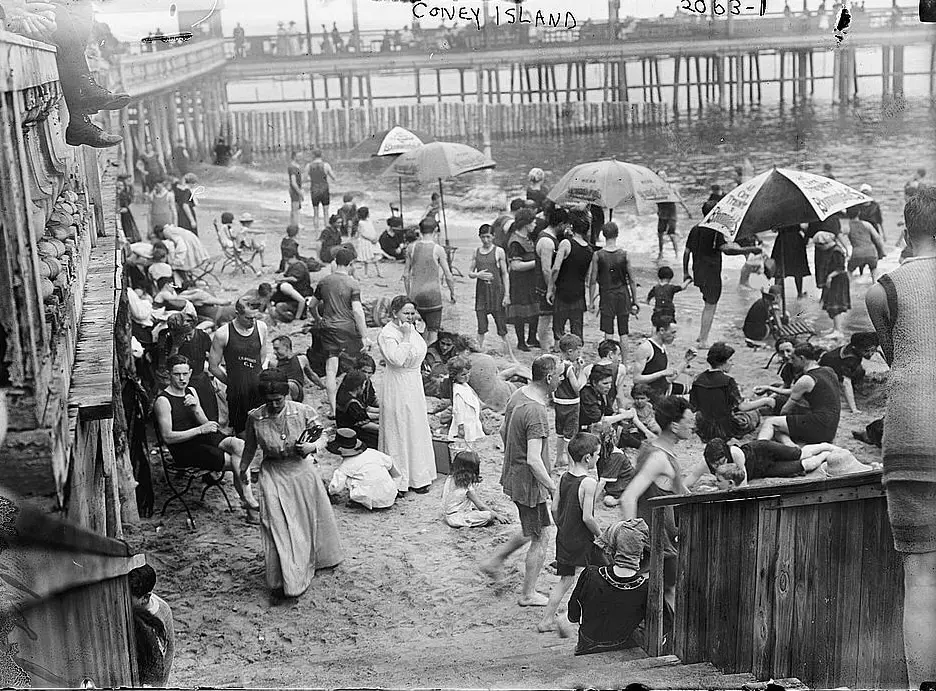
After the Civil War ended, the country changed a lot. Cities grew fast because of industries, and New York City and Brooklyn were no different. More jobs meant more people, including lots of immigrants looking for work. With all these new jobs, people needed places to relax and have fun when they weren’t working.
What’s better than spending a hot summer day at the beach? There were plenty of places like this where everyone, no matter their social class, could go to enjoy fresh air, food, dancing, and swimming in the ocean. Many of these beach spots were made possible by smart railroad people and entrepreneurs who saw the opportunity to make money from people’s interest in going to the beach.
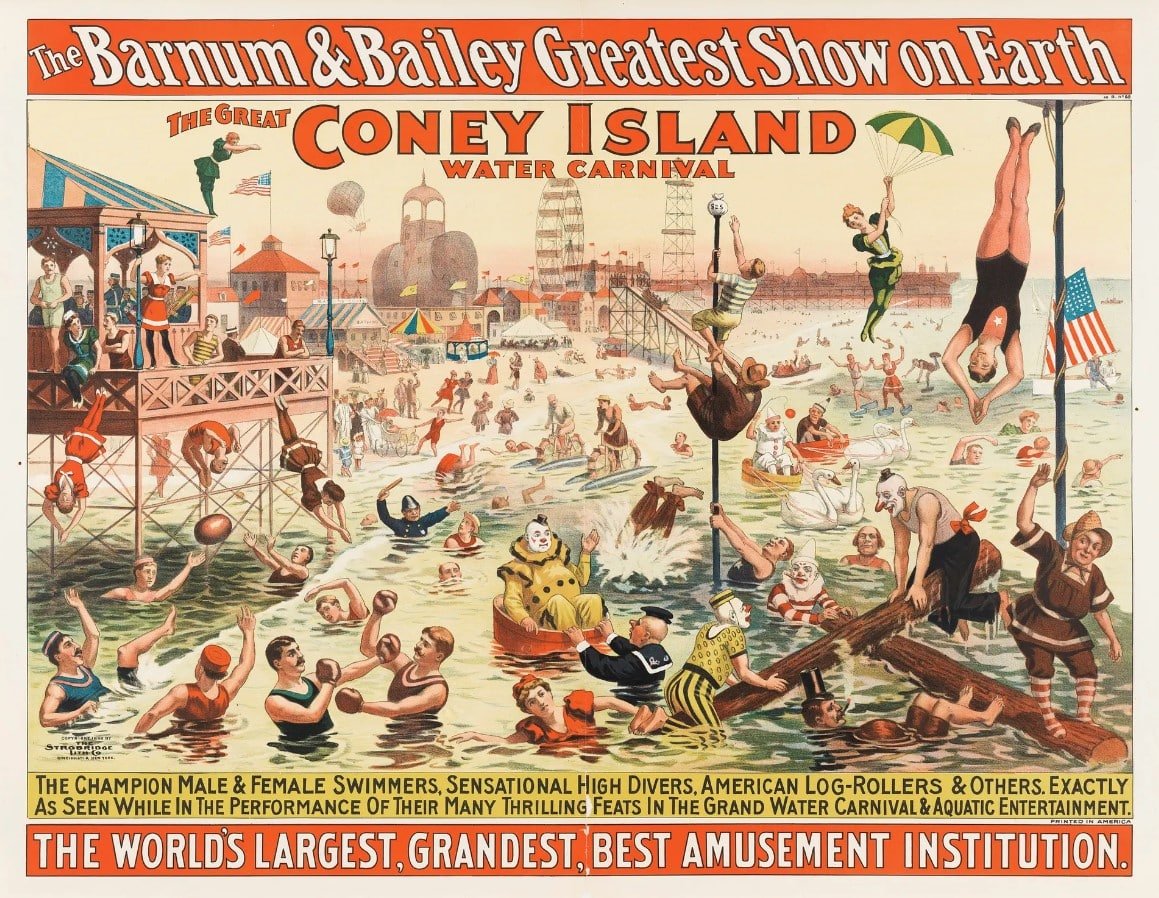
Back in the late 1800s, Coney Island was really bustling! In 1876, steam-powered locomotives were used to take travelers straight to the doorstep of a fancy, full-service hotel. Then, in 1879, they set up the first aquarium, and a year later, the Sheepshead Bay Racetrack began its operation. During this year, Brighton Beach Race Track kicked off during that time too. And in the year after that, Surf Theater, the island’s first theater, hit the scene. In its early days, Coney Island also had beer gardens and gambling and concert saloons and, with all of this, came pickpockets, thieves and scam artists. But with all the excitement, trouble stirred up too, like pickpockets and scammers.
Coney Island was more and more popular as more people flocked to seek housing and business opportunities there, So, they started laying down new streets, like Coney Island in 1876, stretching from Ocean Parkway to Coney Island Avenue, and Surf Avenue in 1879, running from Brighton Beach to West Brighton.
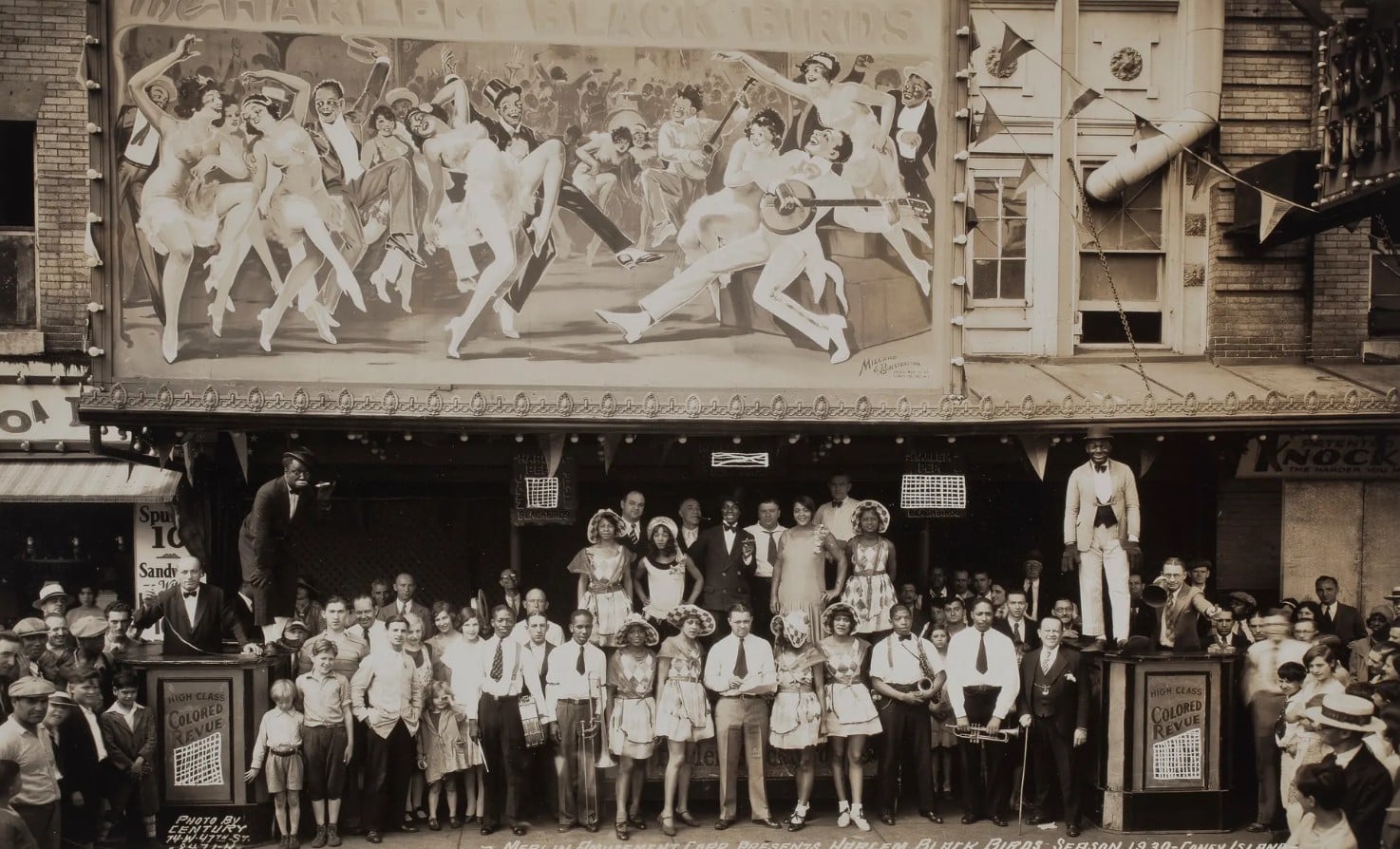
Different areas of Coney Island attracted different crowds. Manhattan Beach, put together by Austin Corbin, aimed to pull in the richer crowd nearby. He put up a fancy resort there. While Brighton Beach was more for the middle-class folks from Brooklyn, the poorer folks hung out around West Brighton. As more and more folks, including women with jobs, had extra time, Coney Island got even busier.
Some Art And Pictures About Coney Island In The Past


